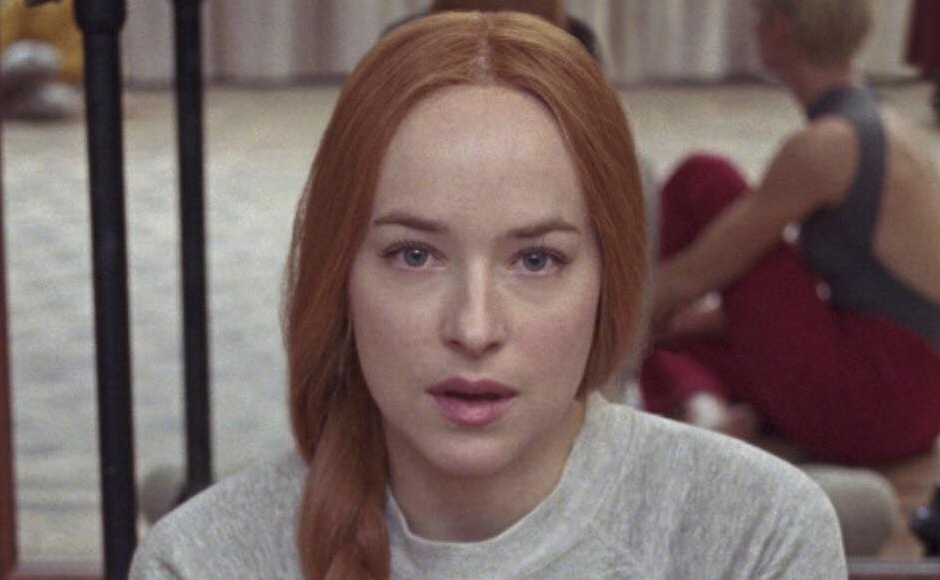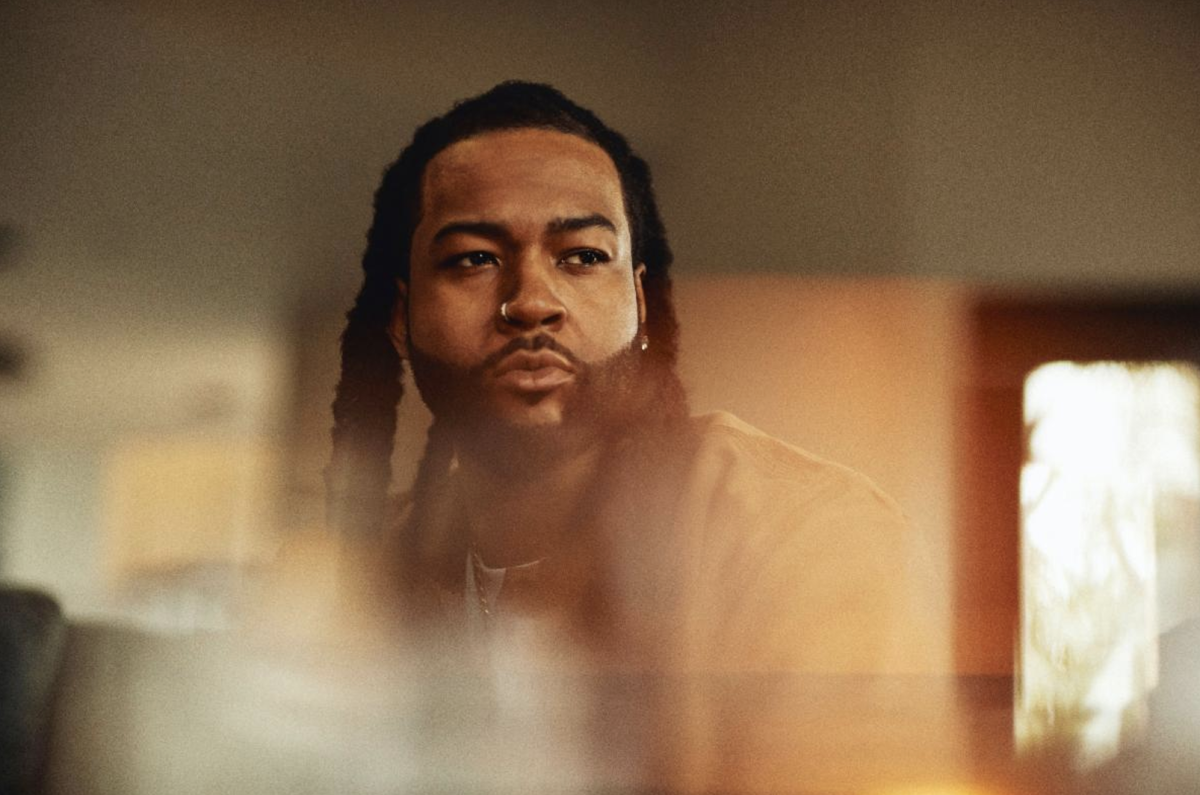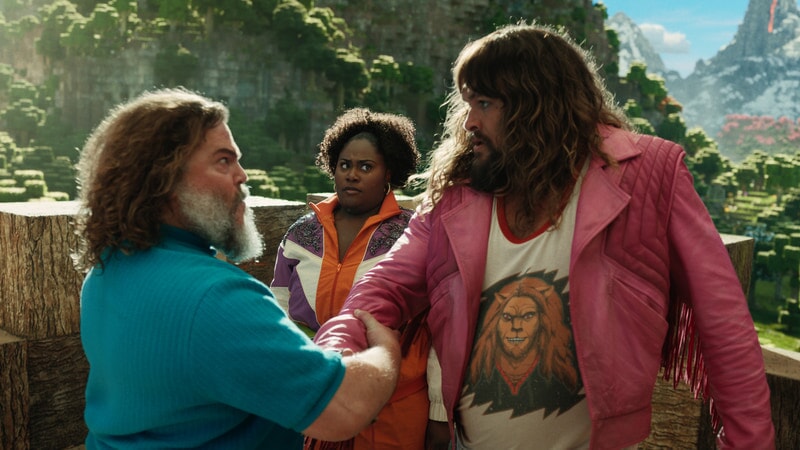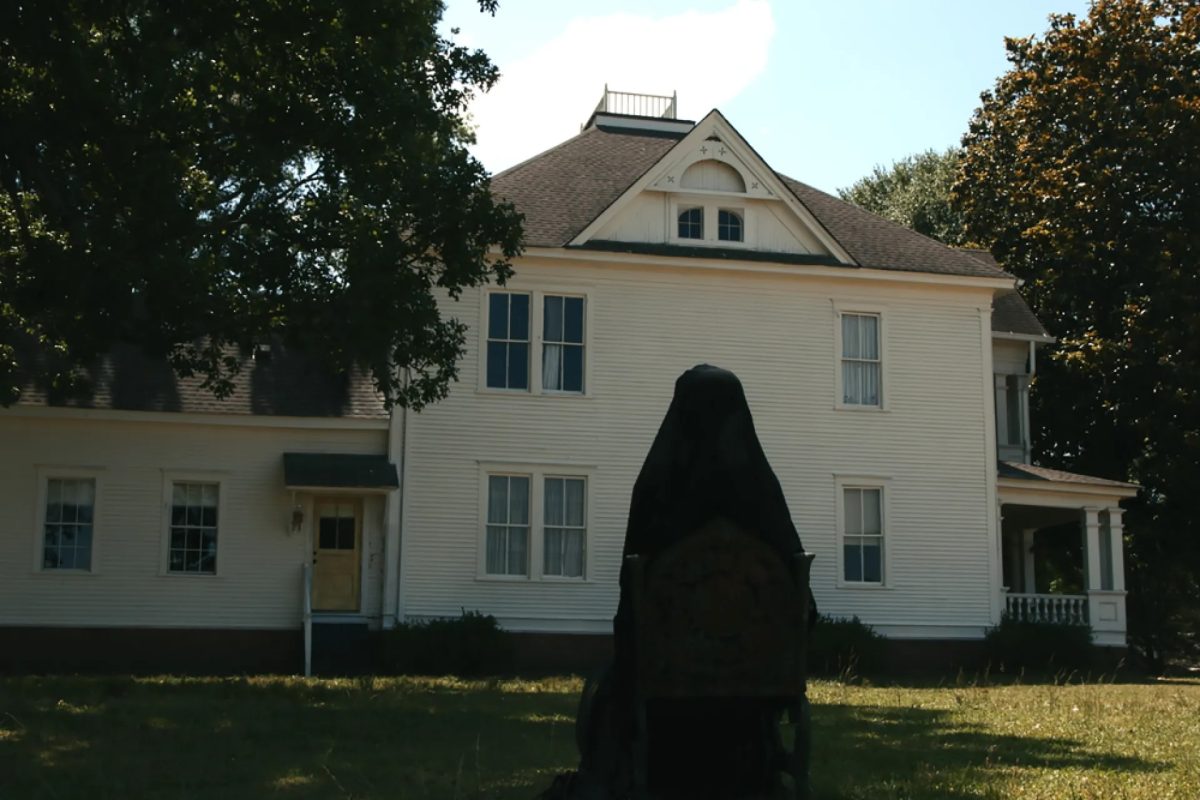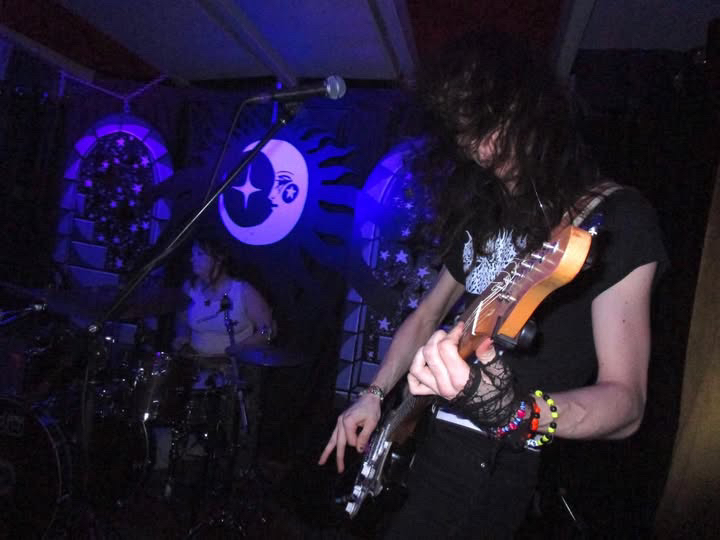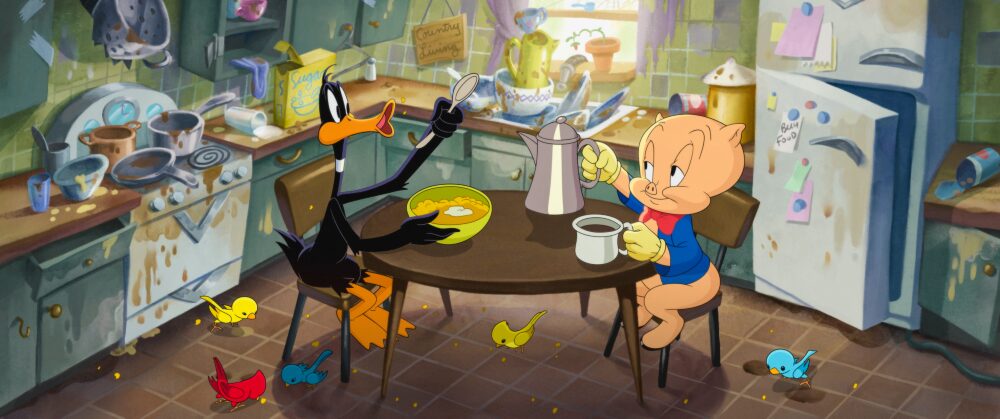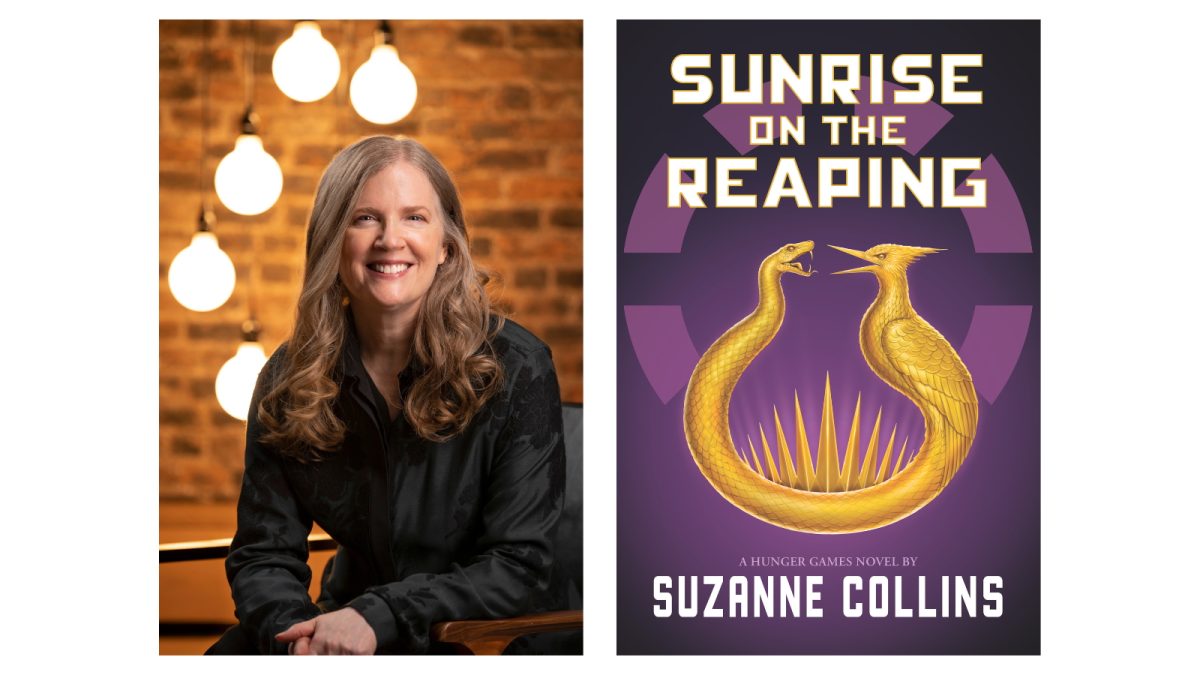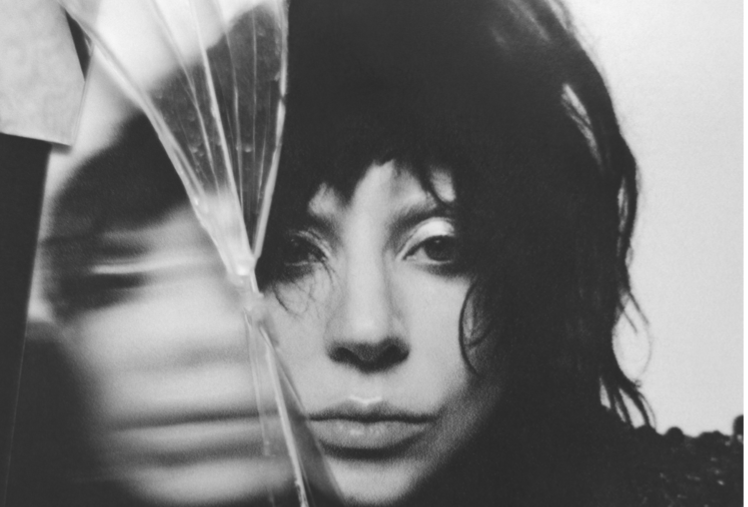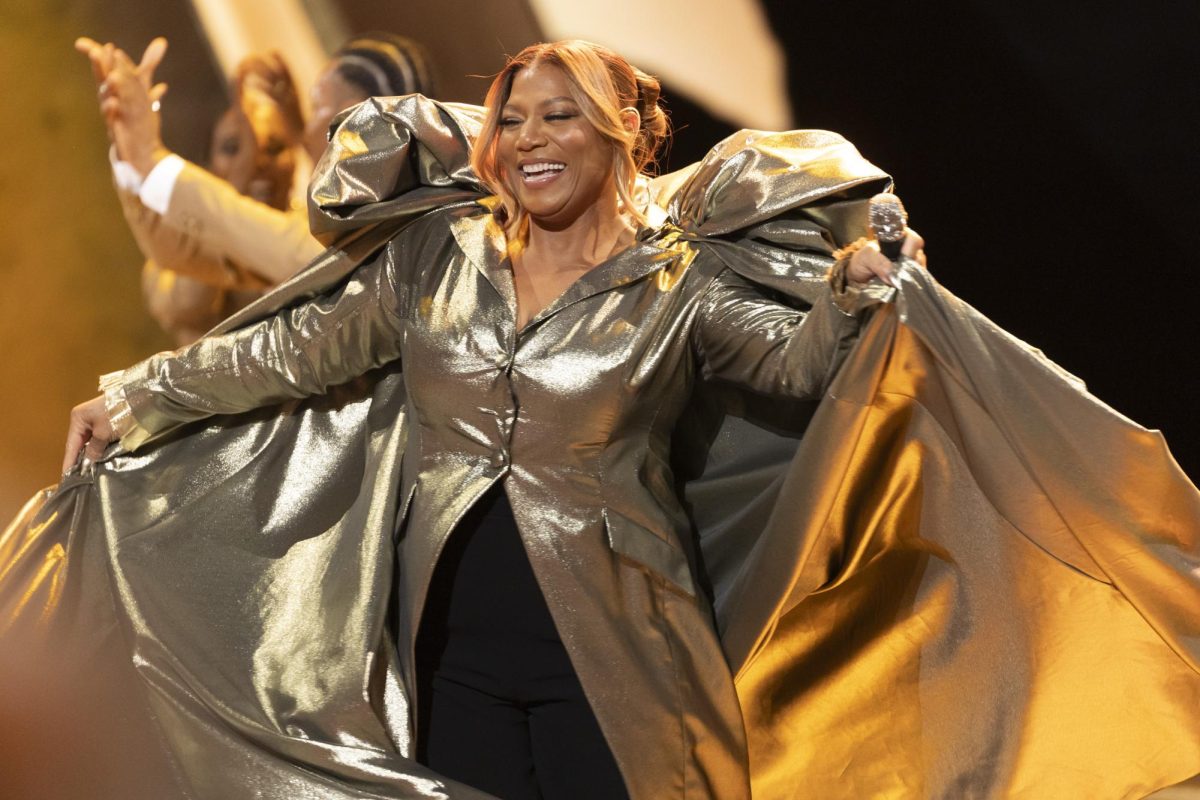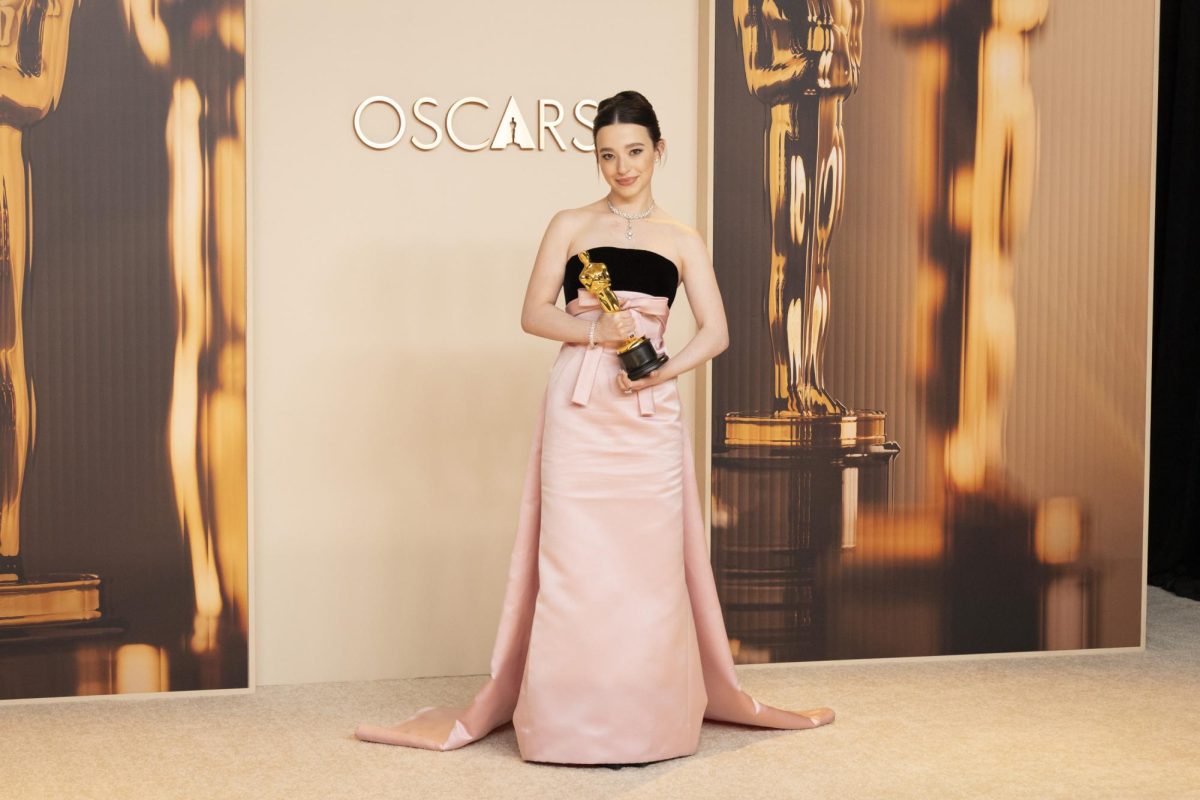Photo courtesy of Amazon Studios
Ah, “Suspiria.” If there was ever a movie to indirectly and directly influence the horror genre in a defining fashion, it’s Dario Argento’s 1977 Giallo masterpiece. For those who don’t know, Giallo films are Italian horror movies that were popularized in the 1900s. These wondrous films were characterized by their gruesome murder-mysteries, complete with great splashes of bright-red mayhem, and Argento was the grand general of this genre in its heyday. After several successful movies, Argento released “Suspiria,” and the world of horror cinema was forever changed. Now, 41 years later, Italian auteur Luca Guadagnino, director of such films as “Call Me By Your Name” and “I Am Love,” has created a reimagining of “Suspiria.” The question on the minds of all fans of foreign ‘70s slasher flicks is, “How does it hold up to the original?” The answer is complicated, but as a mega-fan of Argento’s magnum opus, I intend to dissect and compare these two strange and spooky films to the best of my ability.
So, let’s start out with examining what makes the original so special. “Suspiria” has so many things going for it, but maybe most notably, its artistic use of color forever sets the film apart. The movie engulfs you in its vibrant and mysterious blues, reds and greens, advancing the ghoulish atmosphere and tension. The film centers on a prestigious dance academy that is, in fact, secretly a hide-in-plain-sight kind of deal for a coven of witches. The use of color in Suspiria matches perfectly with this set-up, truly allowing the audience to feel as though there is dreadful sorcery at work all around the academy. Speaking of atmosphere and tension, “Suspiria’s” score, performed by Italian prog-rock band Goblin, adds so much to the movie, creating an almost omniscient extra character that watches over the grim events put to screen.
It’s really impossible to explain with words how wonderful the score is and how perfectly it pairs with the film. You just kind of have to listen to it. Also, while I wouldn’t call the script to “Suspiria” wholly amazing, it is very smartly written and effective. The structure really works, barring a kind of abrupt ending. And, for my last point on why this movie is amazing before moving on, Argento’s camerawork is as slick and refined as usual, utilizing quick zooms and unpredictable editing. “Suspiria’s” influences are clearly echoed throughout similar films, and that legacy culminated in the creation of Guadagnino’s recent reimagining of the same name, which has been in the works for a decade.
Now, why do I keep referring to this as a reimaging? It’s simple. I don’t consider this to really be a remake, making the two harder to compare and closer to companion pieces than anything else. Guadagnino, himself, referred to the 2018 movie as a “homage” to the original rather than a reboot or remake, and this route was a very intelligent move by the director. While it carries the same name and the same basic concept – prestigious dance school is actually a prestigious haven for witches – it puts forth a very different story that presents very different themes. “Suspiria” (2018) also utilizes several subtle callbacks to the original, including its use of color.
While color is used much differently in the 2018 version, it is still very important to the overall look and style of the film; while much of it is drab and filled with greys and beiges, there are many sharp pinpointed objects that pull color from the grey, almost suggesting that something much bigger and more important lies under the surface of the academy. The camerawork is also sporadically reminiscent of Argento’s work. There are some instances of those classy quick zooms that really make the movie feel like it has a connection to the original, and much of the blood effects are Giallo red. While the elements that are similar to the original are good, the differences are what makes the film great.
The movie is tied to a lot more history than one may expect for “Suspiria.” Set in Germany during what is known as “German Autumn,” a sequence of events in the 1970s in which guerrilla warfare and a very divided country are what punctuated the decade. It was a time of domestic terrorism, kidnappings and murder, and Berlin makes for a perfect setting for the movie. Without spoiling anything, the film uses this setting and time period to project themes of the horrors of war, internal division, crises of faith, issues within patriarchal societies, feminism, carnal human nature and more into a plot about a group of evil witches. And, in my opinion, it’s seamless. This also allows for a much different mood than the original. While the 1977 film features gruesome deaths and dark magic in its own right, it does have a bit of a lighter tone when compared to the new movie. “Suspiria” (2018) brings forth those previously mentioned themes in a way that’s totally unforgiving. Guadagnino grabs each idea, rips out its chest cavity and holds the still-beating, bloody heart up to the world in spectacular and nauseating fashion.
When comparing it directly to the original, the acting really stands out in the new movie. While I wouldn’t call the acting bad in the original, I don’t think there’s a stand out performance. The actors do their job, and the style surrounding them does the heavy lifting. With the reimagining, however, there are great performances all around. Dakota Johnson and Tilda Swinton, in particular, stand out in the crowd and elevate the already meticulously crafted film. Johnson, who I’ve literally seen in nothing else, really shines in the role of Susie Bannion, a young woman from a Mennonite family in Ohio. Bannion is the film’s lead, a girl who escapes her sheltered life in rural Ohio to chase her dreams of dancing at the Markos Dance Company in Berlin, or so we think. Johnson’s performance is both raw and meticulous, adding layer upon layer to the character until we can barely see the person who she was at the beginning of the film.
Swinton, as always, is fantastic as well. The veteran actress shines in almost any role she’s given, and this is no exception. She is, however, provided with a unique challenge in “Suspiria” (2018). Swinton plays two roles: a leading member of the witch coven at the Markos Dance Company and an old psychiatrist, who also happens to be male. Swinton more than rises to the challenge. Putting aside the pounds of makeup that Swinton had to undergo for the project to become Dr. Klemperer, Swinton’s deeply subtle mannerisms and body language allow the audience to truly believe that this is a different character and person than her other role. Speaking of which, she’s impressive as Madame Blanc, her other role in the film, as well. A more reserved and introspective character, Swinton’s Blanc works as a sort of mysterious anchor for the film.
Lastly, I’d like to compare the scores of the two films. As previously mentioned, the score of the original “Suspiria” is one of the greatest movie scores ever and the greatest horror movie score. So, how does this one compare? It’s solid. Composed by Thom Yorke of Radiohead fame, its more subtle and quiet tone reflects the new movie in the way that the original’s score does the same. Some of the tracks on the score don’t work quite as well as others. At certain points, some parts of the score could be seen as a bit unfitting for what’s onscreen, but the main theme that Yorke puts forth is haunting and wonderfully atmospheric. It’s still ringing in my head, hours and hours after seeing the movie in the theater. But … the original score is still the king. It’s simply unbeatable when it comes to horror scores, but “Suspiria” (2018) gave it a bewitchingly good try.
To wrap things up, I can’t really say if one film is superior to the other. I know, I know. What kind of conclusion is that? However, I mentioned above that the movies are vastly different, utilizing very divergent and even sometimes opposite elements to their advantage. They both do what a good horror film does best: cultivate stark, unrelenting atmosphere. Both movies permeated my brain long after I finished watching, and they both present ideas and techniques that I’ve never seen before. I wasn’t sure why Guadagnino decided he needed to remake “Suspiria,” but I do now. There was much more to be told from this story, and I’m glad to have been along for the ride.
To contact Lifestyles Editor Sydney Wagner, email lifestyles@mtsusidelines.com.
For more updates, follow us at www.mtsusidelines.com, on Facebook at MTSU Sidelines and on Twitter at @Sidelines_Life.


